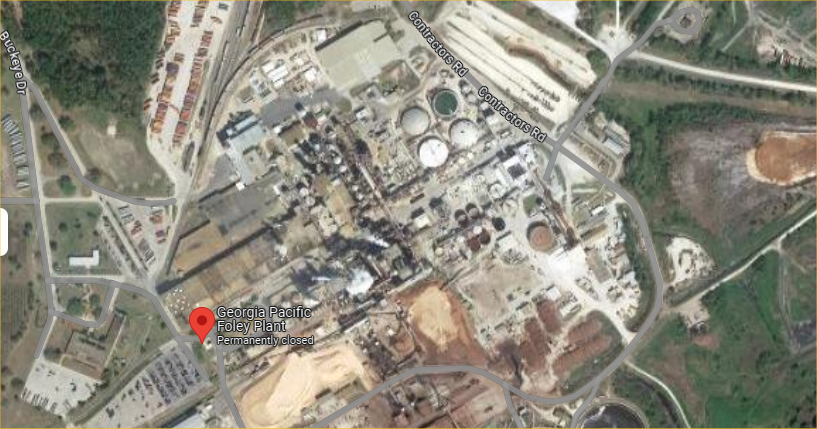Nestled in the Big Bend region of Florida, Taylor County offers a rich tapestry of history, interwoven with the natural beauty of its coastal landscapes and pine forests. Established in the mid-19th century, this county has witnessed significant events and developments that have shaped its identity. This article takes a deep dive into the history of Taylor County, exploring its origins, growth, and the legacy that continues to influence it today.
The Early Years: Native American Inhabitance and European Contact
Long before European settlers arrived, Taylor County was home to various Native American tribes. The Timucua were among the earliest known inhabitants, utilizing the abundant resources of the region for fishing, hunting, and gathering. The arrival of Spanish explorers in the 16th century brought about significant changes, with missions established to convert the indigenous population to Christianity. However, disease and conflict drastically reduced the native population, paving the way for new settlers.
Formation of Taylor County: A New Political Entity
Taylor County was officially created on December 23, 1856, from portions of Madison County. It was named in honor of President Zachary Taylor, who had served in the Seminole Indian Wars in Florida and became the twelfth President of the United States. Perry, the county seat, was incorporated in 1875 and named after Madison Starke Perry, the fourth Governor of Florida and a colonel in the Confederate States Army.
The Civil War and Reconstruction Era
During the Civil War, Taylor County, like much of Florida, was mostly isolated from major battles. However, its residents were significantly affected by the conflict, with many men serving in the Confederate forces. The post-war Reconstruction era brought about significant challenges as the county navigated the transition from a slave-based economy to a new social and economic landscape.
Economic Development: Timber and Turpentine
The late 19th and early 20th centuries saw Taylor County’s economy thrive through the exploitation of its natural resources. The timber industry boomed with the presence of vast pine forests, leading to the establishment of sawmills and related businesses. Turpentine production also became a major economic driver, with workers tapping into pine trees for sap used in making naval stores.
The 20th Century: Growth and Modernization
As the 20th century progressed, Taylor County continued to develop. The introduction of railroads facilitated trade and transport, connecting Perry to larger markets. The county’s population grew steadily, and schools, churches, and civic organizations became fixtures of community life. World War II brought further economic opportunities with an increase in demand for forest products.
Challenges and Resilience: Natural Disasters and Economic Shifts
Taylor County has faced its share of challenges over the years. Natural disasters such as hurricanes have tested the resilience of its communities. Economic downturns have forced adaptations in industry, with shifts from traditional timber and naval stores to more diversified economic activities including fishing, agriculture, and eco-tourism.
Preserving Heritage: Cultural and Historical Sites
Today, Taylor County is keen on preserving its heritage. Historical sites such as the Forest Capital Museum State Park and the Perry Historic Station celebrate its logging history. Annual festivals like the Florida Forest Festival attract visitors and honor the county’s legacy.
Conclusion:
The history of Taylor County is a story of endurance and adaptability. From its early days as a home to indigenous peoples to its current status as a county proud of its heritage and optimistic about its future, Taylor County offers a unique glimpse into the evolving narrative of Florida’s past. As it continues to grow and develop, it remains a testament to the enduring spirit of its residents and the timeless allure of its landscapes.






